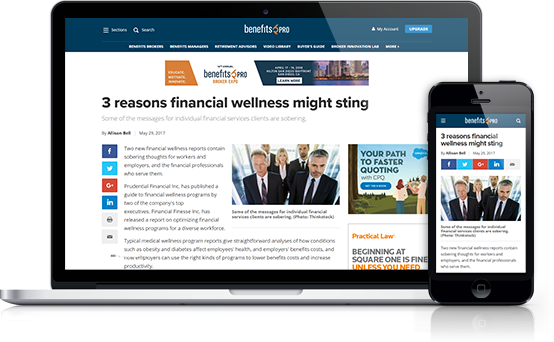 Credit: kieferpix/Adobe Stock
Credit: kieferpix/Adobe Stock
As many companies request employees to transition back to in-office work, employers have a unique opportunity – and responsibility – to ease the transition for their workforce by enticing them with thoughtful benefits. Working parents, a group making up 40% of the current workforce according to the Bureau of Labor Statistics, often face additional logistical hurdles when it comes to balancing returning to the office full-time with navigating child care needs.
Since research shows that many working parents do see the benefits of in-person work and value the structure, social interaction, and professionalism offered by the office environment, limited access and concerns over quality education remain top of mind.
|The role of employers
Employers have the opportunity to play a critical role. Providing thoughtful benefits that will help support employees and their families is one of the ways that organizations can position themselves as an “employer of choice” in today’s competitive labor market. According to Bright Horizons’ 2024 Modern Family Index report:
- Nearly half (46%) of working parents say assistance with child care is essential
- 43% specifically noted that access to child care benefits on-site or at a local community center would be a game-changer
- Child care assistance topped the list of desired benefits, ranking higher than unlimited remote work (40%) and flexible hours (45%)
Not only are working parents looking for benefits like access to child care supports, but they are now more than ever willing to speak up and voice to their employers the benefits that they need to be successful as they return to the office. According to the Modern Family Index report, 78% of respondents note they are more comfortable speaking up about family-related responsibilities with their employer than they used to be.
When organizations fail to recognize the importance of support, they risk losing valuable employees to more family-friendly companies. Creating a culture of support across the organization is key during times of transition, meaning actively listening to employees’ needs and providing them with benefits that will ultimately help them be successful at their job. Whether it’s through regular feedback sessions or surveys, companies can show their support as their workforce navigates the transition.
Driving business impact
Benefits such as access to high-quality child care, either on-site or at a nearby community center, are not only highly desirable for employees, but they also have immense business impacts for organizations, such as:
- Less absenteeism: Having the right benefits can significantly ease stress around logistics like school drop off or pick up, ultimately reducing time spent away from work.
- Retention & attraction: Employers that are seen as family-friendly will ultimately see better retention across the organization and will attract top talent.
- Increased focus & productivity: We have consistently heard from our clients that have implemented solutions to support their workforce that the benefits of doing so are clear – and that their employees worry less, thus report higher productivity, and ultimately see continued career growth as a result.
Related: Child care takes center stage as more parents return to office
Recommended For You
Complete your profile to continue reading and get FREE access to BenefitsPRO, part of your ALM digital membership.
Your access to unlimited BenefitsPRO content isn’t changing.
Once you are an ALM digital member, you’ll receive:
- Breaking benefits news and analysis, on-site and via our newsletters and custom alerts
- Educational webcasts, white papers, and ebooks from industry thought leaders
- Critical converage of the property casualty insurance and financial advisory markets on our other ALM sites, PropertyCasualty360 and ThinkAdvisor
Already have an account? Sign In Now
© 2025 ALM Global, LLC, All Rights Reserved. Request academic re-use from www.copyright.com. All other uses, submit a request to [email protected]. For more information visit Asset & Logo Licensing.








